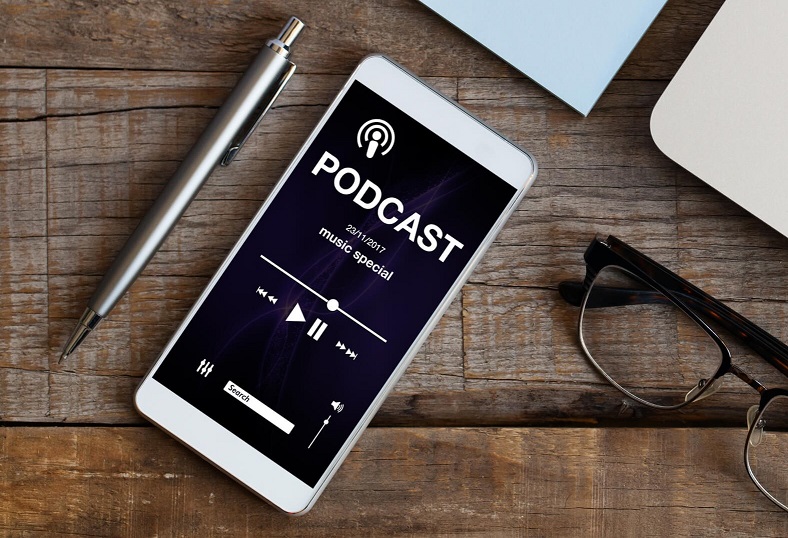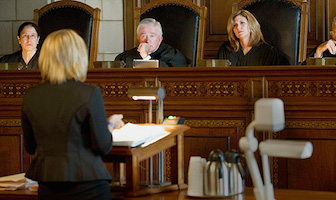The ABA’s 10 favorite podcast episodes of 2019
We hope you are all having a great holiday season!
In case you haven’t checked it out yet, the ABA has put together a list of their favorite podcasts of 2019. We’re so happy to share that Faith Pincus’ podcast with Ashley Alfirevic of ABA Publishing, “Public speaking skills every lawyer should master,” has made the ABA’s top 10 episodes list!
In this episode of the Modern Law Library, Ashley Alfirevic speaks to Faith Pincus about how to ditch the notecards, engage the audience and ask the right type of rhetorical questions. You can access the podcast HERE.
You can also find more tips and suggestions on public speaking for attorneys HERE.





